
Kurtzon Expands On What Is Hazardous Location Lighting?
Industry Topics | May 28, 2021 | The Lighting Exchange
What Is Hazardous Location Lighting?
Hazardous location light fixtures are engineered to withstand harsh environmental conditions in manufacturing and industrial facilities. These locations may include chemical plants, laboratories, oil and gas refineries, mining operations, and other industrial sites that contain extreme temperatures, combustible materials, and corrosive liquids or vapors.
Because light fixtures are electrical devices, they present potential danger in locations where sparks may ignite flammable gasses and other materials. Explosion-proof lighting is an important component for safety where these conditions exist. Installed luminaires that are not suited for these hazardous locations create violations with OSHA, NEC, and NFPA code, but more importantly, may contribute to a catastrophic situation.
Categories of classes, divisions, and groups are used to inform the light fixtures standards. One of the common category’s for hazardous environment lighting is Class I, Division II, where the faulty operation of an electrical device can pose a risk of fire or explosion due to the presence of gases and vapors.
Classes, divisions, and groups for hazardous lighting applications
Various categories are outlined based on the levels of hazardous materials and the frequency at which they are present.
Classes
- Class I: flammable gas or vapors are present in sufficient enough quantities that they may ignite if they come into contact with open flames or electrical sparks
- Class II: combustible dusts are present
- Class III: ignitable fibers are present
Divisions
Within the classifications, two divisions are recognized based on the amount of hazardous material.
- Div 1: ignitable elements regularly or periodically present during normal operations
- Div 2: ignitable elements are contained or controlled with ventilation and other routine systems
Groups
The Occupational Safety and Health Administration (OSHA) furthers the requirements for light fixtures installed in hazardous locations by defining seven groups based on the characteristics of the elements present.
- Class I groups include gases in designations A through D. Group A gases identify the highest explosive pressures, and group D gases generate the lowest pressure
- Class II groups include various types of dusts designated with the letters E through G.
- Group E contains conductive or metal dusts,
- Group F contains carbonaceous dusts
- Group G contains non-conductive dusts
Designing hazardous location fixtures
Explosion-proof fixtures and hazardous environment luminaires are designed and installed to contain any sparks or fire that may occur inside the device. They are also often engineered to operate at lower than standard temperatures as not to be the source of a flammable event. Class 1 and 2 fixtures are sealed to keep the vapors, dust, or gases from penetrating the housing where electrical current or a spark may cause ignition.
Light fixtures are either certified as explosion-proof or intrinsically safe. Explosion-proof lights are not only designed to prevent the penetration of combustible material, but they are also engineered to contain any ignition that may occur inside the fixture housing. The fixture is comprised of durable construction materials, high-grade gaskets, and thick, shatterproof lens material. For a fixture to be considered intrinsically safe, it must conduct a small electrical current level that precludes the chance of a sparking event.
KURTZON™ offers a variety of LED and fluorescent troffers, wraps, and corner mount fixtures that will meet your hazardous location needs.

